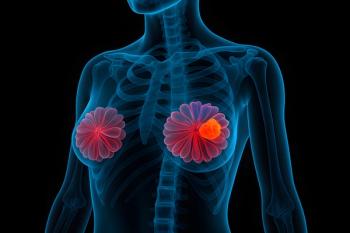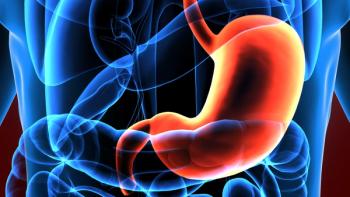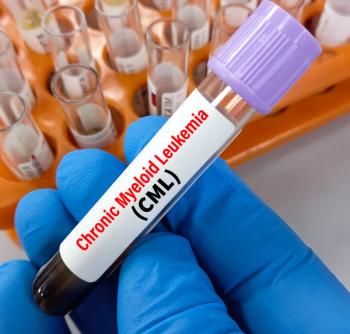
|Articles|October 13, 2021
Pharmacy Clinical Pearl of the Day: Guillain-Barre Syndrome
Author(s)Saro Arakelians, PharmD
In its most severe form, Guillain-Barre syndrome is a medical emergency.
Advertisement
Clinical Pearl of the Day: Guillain-Barre Syndrome
Guillain-Barre syndrome is a rare disorder in which the body's immune system attacks the nerves.
Insight:
- Weakness and tingling in the extremities are usually the first symptoms. These sensations can quickly spread, eventually paralyzing the entire body.
- In its most severe form, Guillain-Barre syndrome is a medical emergency.
- Most people with the condition must be hospitalized to receive treatment.
- Signs and symptoms of this syndrome include prickling; pins and needles sensation; weakness in the legs and unsteady walking; difficulty with facial movements, including speaking; double vision; severe pain that may feel achy; difficulty with bladder control; rapid heart rate; low or high blood pressure; and difficulty breathing.
- There are 3 types to this syndrome: acute inflammatory demyelinating polyradiculoneuropathy, Miller Fisher syndrome, and acute motor axonal neuropathy.
- Treatment options for this syndrome include plasma exchange (plasmapheresis), immunoglobulin therapy, pain relievers, physical therapy, and training with adaptive devices. This disease has no cure.
Sources:
Newsletter
Stay informed on drug updates, treatment guidelines, and pharmacy practice trends—subscribe to Pharmacy Times for weekly clinical insights.
Advertisement
Latest CME
Advertisement
Advertisement
Trending on Pharmacy Times
1
Operationalizing Epcoritamab-GemOx in Practice: A Focus on EPCORE NHL-2
2
Biosimilar Stivant Shows Noninferior Efficacy and Comparable Safety to Reference Bevacizumab
3
Under Pressure: A Brief Overview of the Updated Hypertension Guidelines
4
Current and Emerging BCMAxCD3 Bispecifics
5





















































































































































































































